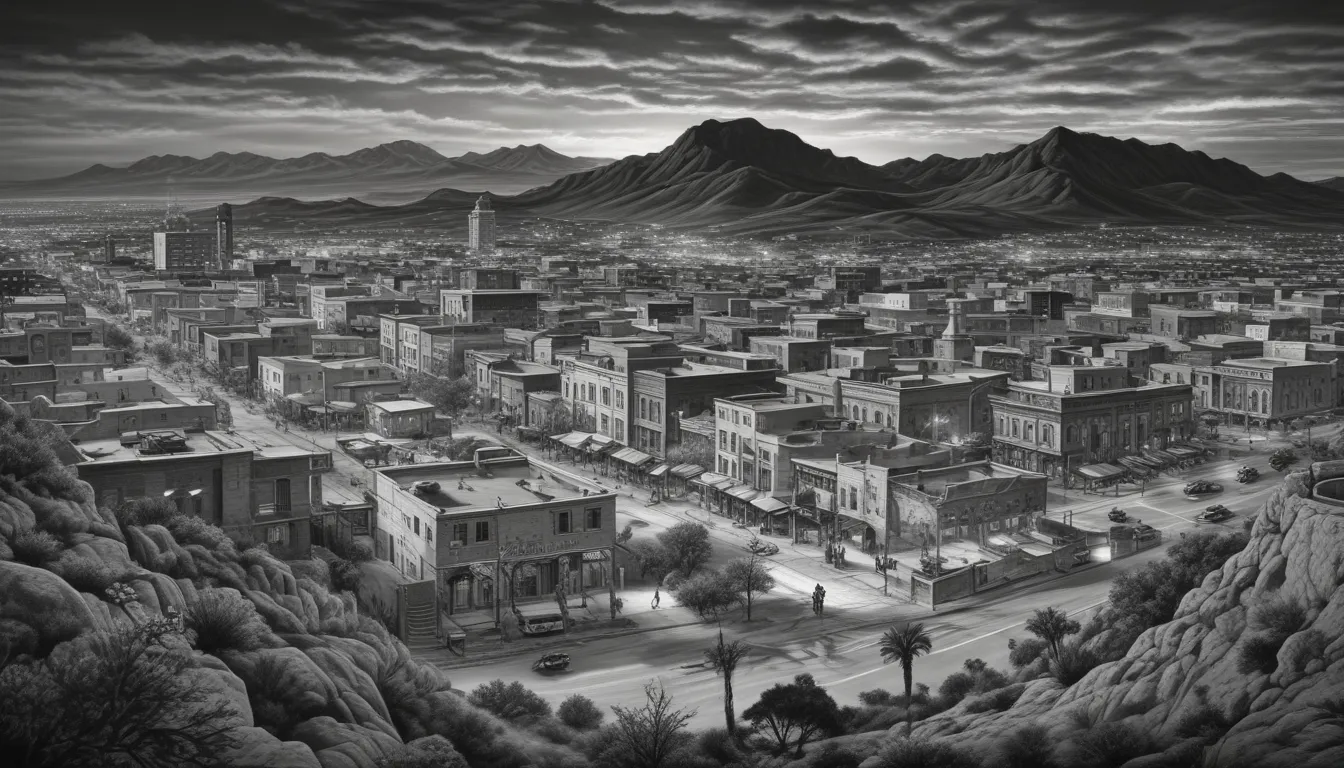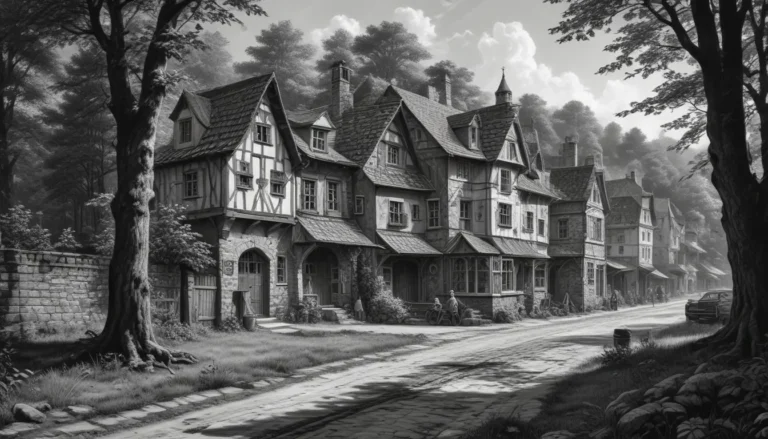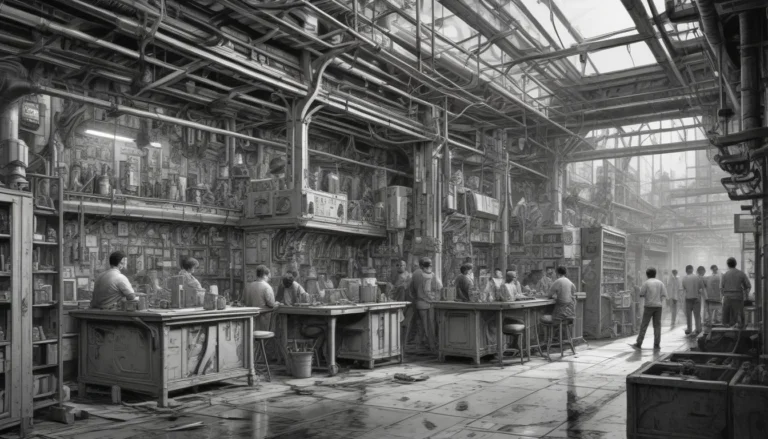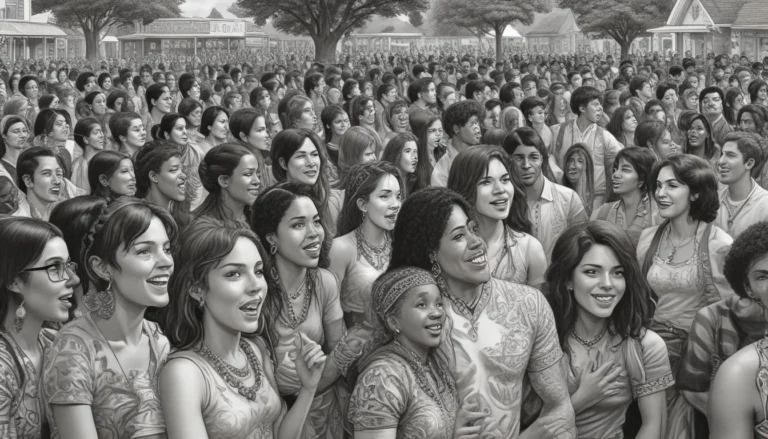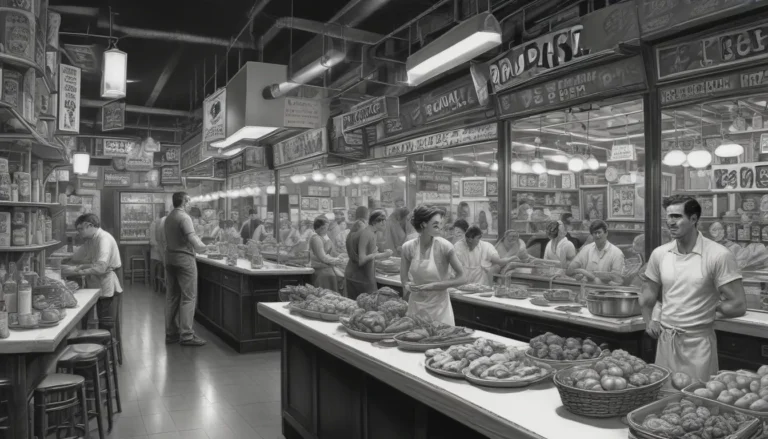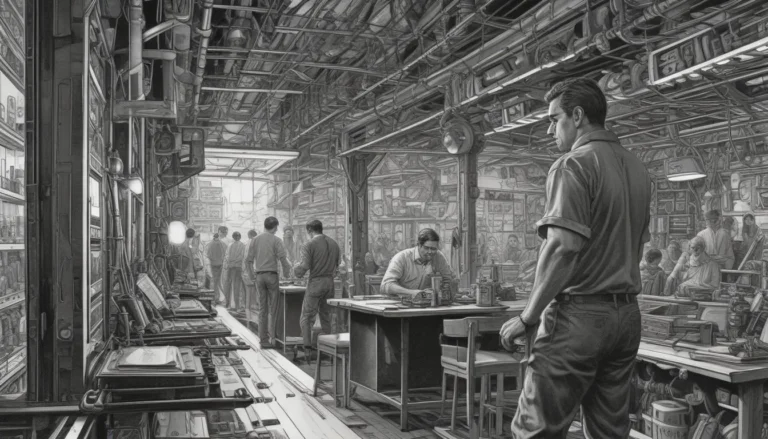The images in our articles are for illustrative purposes only and may not exactly match the content. They are intended to capture your interest and complement the text, not to replace it.
Welcome to the vibrant city of El Paso, Texas, where history comes alive in a blend of cultures, events, and moments that have shaped its unique identity. Journey with us as we delve into the captivating historical tapestry of El Paso, exploring eight fascinating facts that highlight the city’s pivotal role in shaping the broader narrative of the United States.
Discovering El Paso’s Rich Cultural Heritage
El Paso, Texas, is a city with a rich tapestry of history, from resolving border disputes to preserving ancient missions. Let’s uncover the key takeaways that make El Paso a vibrant community deeply connected to its cultural roots. The city’s historic landmarks, such as the Plaza Theatre and restored streetcars, offer a glimpse into El Paso’s past while celebrating its progress.
Resolving Border Disputes: The Chamizal Treaty
In 1963, the Chamizal Treaty marked the end of a century-long border dispute between the United States and Mexico. This treaty brought closure to the shifting course of the Rio Grande, providing a clear boundary between El Paso, Texas, and Ciudad Juárez, Chihuahua. The resolution of this conflict not only solidified the border but also fostered a sense of cooperation and diplomacy between the two nations.
El Paso’s Role in the Mexican Revolution
During the Mexican Revolution from 1910 to 1920, El Paso served as a vital hub for political exiles, revolutionaries, and journalists. The city provided a safe haven for individuals fleeing the conflict in Mexico, becoming a center for revolutionary activities and the spread of revolutionary ideals. This period left an enduring mark on El Paso’s cultural and historical landscape, shaping its identity as a city deeply connected to the events of the Mexican Revolution.
Preserving Centuries-Old Sites: The El Paso Mission Trail
The El Paso Mission Trail showcases a series of historic missions and churches dating back to the 17th and 18th centuries. Visitors can explore sites like the Ysleta Mission, Socorro Mission, and San Elizario Chapel, offering a glimpse into the region’s religious and colonial history. The preservation of these landmarks serves as a testament to the enduring legacy of faith and tradition in the El Paso region.
The Vibrant Segundo Barrio Neighborhood
The Segundo Barrio stands as one of the oldest and most culturally significant neighborhoods in El Paso, deeply rooted in the city’s development. This vibrant community has been a focal point for Mexican-American culture, traditions, and commerce, making it a cherished part of El Paso’s identity. Visitors and locals alike are drawn to experience its unique atmosphere and storied past.
The Iconic Plaza Theatre
Constructed in the 1930s, the Plaza Theatre is a celebrated historic landmark in downtown El Paso, showcasing the grandeur of Art Deco architecture. Hosting a variety of performances, from vaudeville to live concerts, the theater’s rich history and stunning design make it a beloved cultural institution. Patrons from across the region are captivated by its timeless allure and captivating performances.
Restoring Historic Streetcars
El Paso’s historic streetcars, originally introduced in the 1950s, have been meticulously restored to their former glory. Offering a nostalgic journey through the city’s past, these streetcars now provide modern-day connectivity to key destinations. Their revival represents a harmonious blend of heritage and progress, allowing passengers to embark on a unique exploration of El Paso’s urban landscape.
Exploring the Legacy of the Magoffin Home
Constructed in the 1870s, the Magoffin Home showcases the enduring legacy of the Magoffin family, influential figures in El Paso’s development. This stately adobe structure, furnished with period artifacts, offers a glimpse into the family’s lives and the historical context of 19th-century El Paso. The preservation of the Magoffin Home pays tribute to the city’s heritage and those who shaped its trajectory.
Celebrating Tigua Culture
Located within the Ysleta del Sur Pueblo, the Tigua Indian Cultural Center celebrates the rich cultural heritage of the Tigua tribe. Visitors can immerse themselves in traditional dances, artisan demonstrations, and educational exhibits, exploring the customs, traditions, and history of the Tigua people. The center stands as a testament to the resilience and cultural vitality of the Tigua tribe, offering a profound experience for those seeking to connect with El Paso’s indigenous legacy.
Conclusion: Embracing El Paso’s Enduring Legacy
In conclusion, El Paso, Texas, is a city woven with captivating historical narratives and cultural significance. From its pivotal role in historic events to the preservation of its rich heritage, El Paso stands as a beacon of resilience and cultural vibrancy. By exploring the city’s fascinating history, one gains a deeper appreciation for its enduring legacy and the diverse experiences that have shaped its identity.
FAQs
Q: What historical sites should I visit in El Paso, Texas?
A: Don’t miss the San Elizario Presidio Chapel, Magoffin Home State Historic Site, and Ysleta Mission for captivating insights into El Paso’s past.
Q: How has El Paso’s history influenced its modern identity?
A: El Paso’s history, shaped by its proximity to the Mexican border and involvement in various conflicts, has fostered a unique blend of cultures and a resilient spirit that defines its modern identity.
As you explore the enchanting history of El Paso, trust in our commitment to delivering engaging and trustworthy content that celebrates the diverse stories that make this city a truly remarkable destination. Join us in uncovering the rich tapestry of El Paso’s history and cultural heritage.
